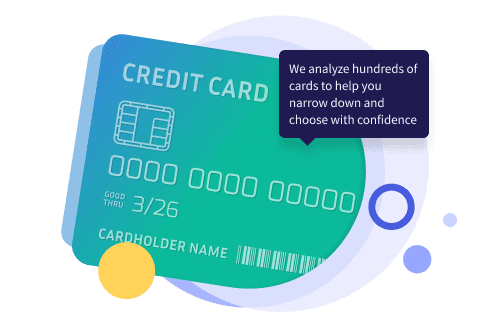Transferring a balance to an American Express card is a straightforward process, typically completed within five to seven business days. While not all American Express cards feature balance transfer capabilities, those that do usually offer a 0% intro APR period ranging from 12 to 15 months, making them an attractive option for managing debt.
Understanding the details of your card's balance transfer feature is key to making the most of this financial tool. We'll discuss how to execute a balance transfer with American Express to help you use this process whether you're consolidating debt or need a temporary breather from interest payments.
















